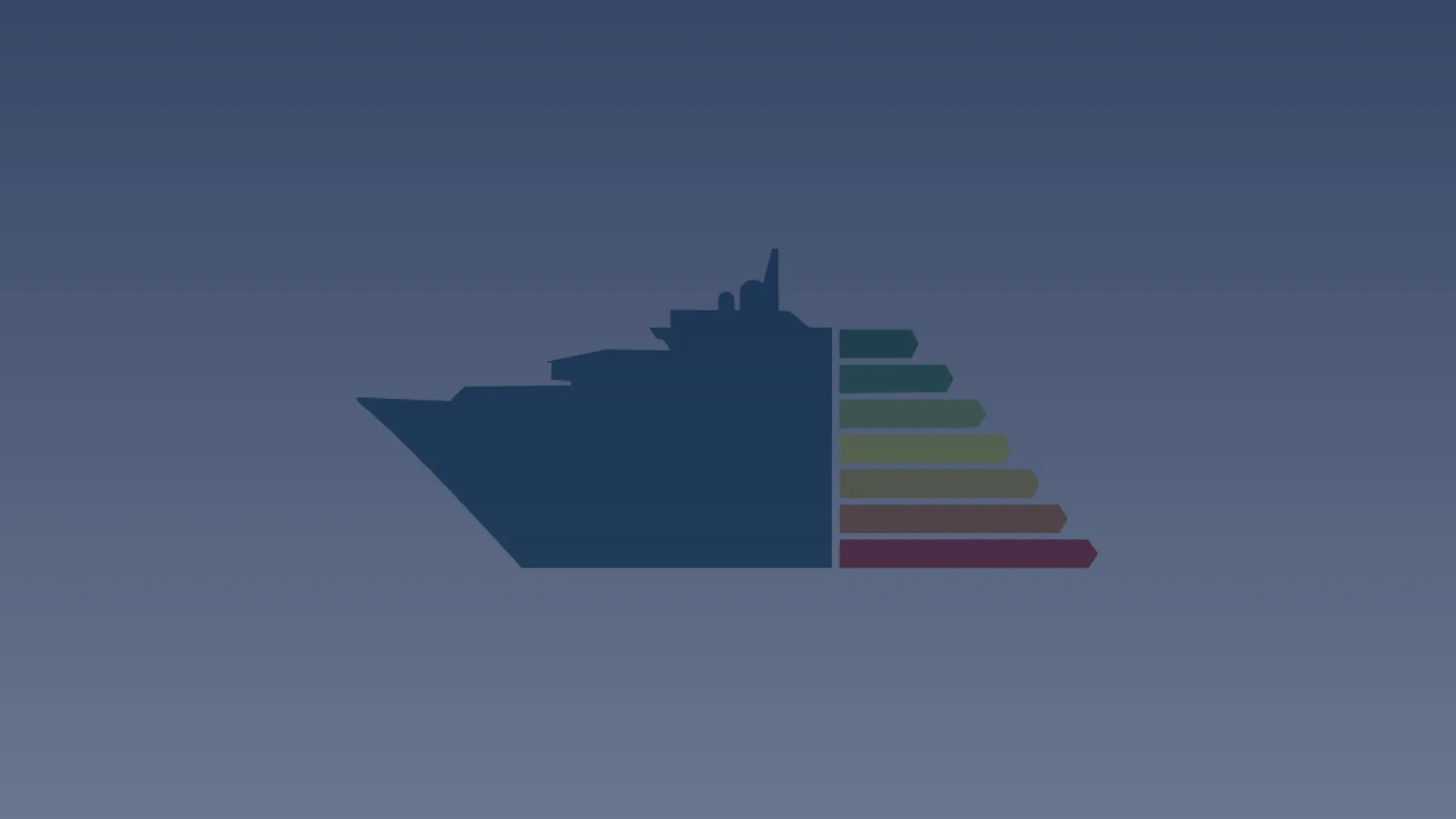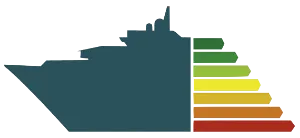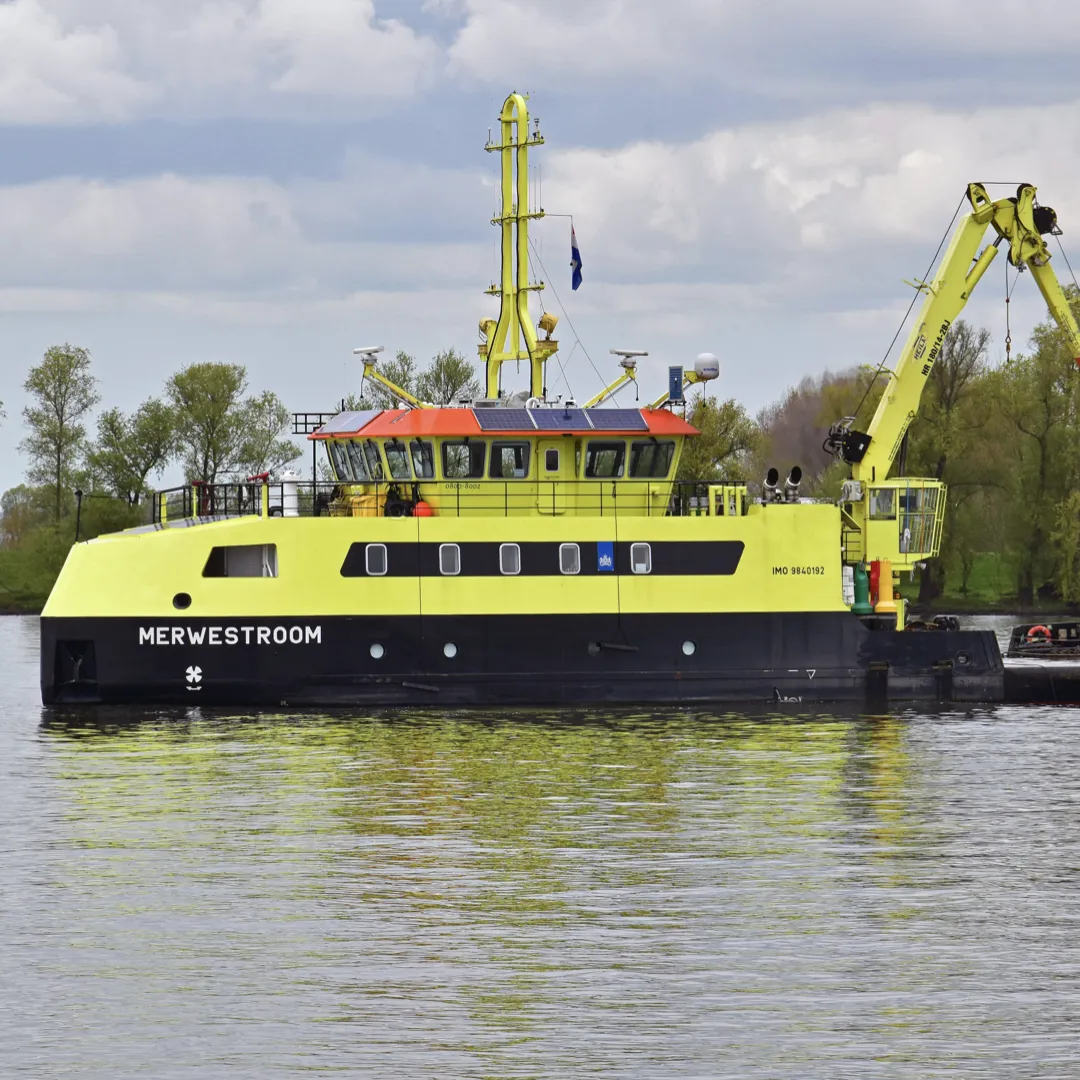
Ship Energy Efficiency Management Plan (SEEMP) Services
Since January 1, 2013, it has been mandatory for all seagoing vessels with a Gross Tonnage (GT) over 400 to have a Ship Energy Efficiency Management Plan (SEEMP). This plan, complying with the guidelines of the International Maritime Organization (IMO), includes a comprehensive range of measures and strategies aimed at reducing the ship’s energy consumption. The SEEMP progresses through various phases, including planning, implementation, monitoring, self-evaluation, and improvement. Discover the Ship Energy Efficiency Management Plan (SEEMP) services from our selected partner for optimal vessel efficiency.

SEEMP Services
Discover the Ship Energy Efficiency Management Plan (SEEMP) services from our selected partner for optimal vessel efficiency.

Introduction
Since January 1, 2013, it has been mandatory for all seagoing vessels with a Gross Tonnage (GT) over 400 to have a Ship Energy Efficiency Management Plan (SEEMP).
This plan, complying with the guidelines of the International Maritime Organization (IMO), includes a comprehensive range of measures and strategies aimed at reducing the ship’s energy consumption.
When creating and/or updating your SEEMP, the following phases are undertaken: planning, implementation, monitoring, self-evaluation, and improvement.
Planning
The process begins with an evaluation of your ship’s current energy consumption, identifying existing energy-saving measures and assessing their effectiveness. Additional measures are also identified to improve energy efficiency. In partnership with you, goals such as annual fuel consumption and targets for the Energy Efficiency Operational Indicator (EEOI), a globally recognized standard according to SEEMP guidelines, can be defined.
Implementation
After determining the necessary measures, an implementation system is established. This involves developing procedures, defining tasks, and assigning responsibilities. Additionally, the implementation periods (start and end dates) for each chosen measure need to be specified.
Monitoring
To assess your ship’s energy efficiency in terms of energy consumption, it is essential to utilize measurable data. Typically, this involves calculating the Energy Efficiency Operational Indicator (EEOI). Alternative systems can also be utilized.
Self-Evaluation and Improvement
This phase represents the culmination of the management cycle. Its aim is to assess the planned measures and their execution, understand your ship’s operational characteristics, identify effective potential measures, and analyze efficiency trends. This leads to an enhanced management plan for the subsequent cycle.
SEEMP Part III
SEEMP Part III is a specific section within the Ship Energy Efficiency Management Plan (SEEMP) focusing on the Carbon Intensity Indicator (CII). This segment addresses (new) technical and/or operational measures to continuously improve your ship’s efficiency.
Regarding the CII, various CII compliance services can also be provided, ranging from standard CII calculations to more precise CII assessments with CFD, and even conducting an Express analysis. Through an Express analysis, a list of effective potential measures that can be applied to the ship according to SEEMP Part III can be compiled.
Planning
The process begins with an evaluation of your ship’s current energy consumption, identifying existing energy-saving measures and assessing their effectiveness. Additional measures are also identified to improve energy efficiency. In partnership with you, goals such as annual fuel consumption and targets for the Energy Efficiency Operational Indicator (EEOI), a globally recognized standard according to SEEMP guidelines, can be defined.
Implementation
After determining the necessary measures, an implementation system is established. This involves developing procedures, defining tasks, and assigning responsibilities. Additionally, the implementation periods (start and end dates) for each chosen measure need to be specified.
Monitoring
To assess your ship’s energy efficiency in terms of energy consumption, it is essential to utilize measurable data. Typically, this involves calculating the Energy Efficiency Operational Indicator (EEOI). Alternative systems can also be utilized.
In Practice
As an example, a government agency has updated the SEEMP for various government vessels.

Self-Evaluation and Improvement
This phase represents the culmination of the management cycle. Its aim is to assess the planned measures and their execution, understand your ship’s operational characteristics, identify effective potential measures, and analyze efficiency trends. This leads to an enhanced management plan for the subsequent cycle.
SEEMP Part III
SEEMP Part III is a specific section within the Ship Energy Efficiency Management Plan (SEEMP) focusing on the Carbon Intensity Indicator (CII). This segment addresses (new) technical and/or operational measures to continuously improve your ship’s efficiency.
Regarding the CII, various CII compliance services can also be provided, ranging from standard CII calculations to more precise CII assessments with CFD, and even conducting an Express analysis. Through an Express analysis, a list of effective potential measures that can be applied to the ship according to SEEMP Part III can be compiled.
In Practice
As an example, a government agency has updated the SEEMP for various government vessels.

Frequently Asked Questions
What components does a SEEMP encompass?
The Ship Energy Efficiency Management Plan (SEEMP) consists of three parts: Part I, Part II, and Part III. Part I relates to the management plan to be executed to improve your ship’s energy efficiency. Part II involves a plan for collecting data on your ship’s fuel consumption. The operational plan for Carbon Intensity (CII) is found in Part III of the SEEMP.
Which ships are required to have a SEEMP?
SEEMP Part I applies to seagoing vessels with a Gross Tonnage of over 400. SEEMP Part II is mandatory for all vessels with a Gross Tonnage of over 5000. For ships required to comply with the Carbon Intensity Indicator (CII), a verified SEEMP Part III is necessary.
Platforms such as FPSOs and FSUs, and drilling vessels are exempt from this requirement, regardless of the type of propulsion system they employ.
Who is responsible for creating a SEEMP?
The owner or operator of a ship is responsible for creating and implementing a SEEMP. This plan must be present onboard and accessible for inspection during both routine inspections and audits.
What is the IEEC and how does it relate to the SEEMP?
The abbreviation IEEC stands for International Energy Efficiency Certificate. This certificate has been mandatory for ships with a Gross Tonnage of over 400 since January 1, 2013.
To qualify for an IEEC, a valid Ship Energy Efficiency Management Plan (SEEMP) must be onboard.
What is the EEDI and what is its relationship with the SEEMP?
The abbreviation EEDI stands for Energy Efficiency Design Index and has been mandatory for new ships since January 1, 2013. A reference level has been established for each ship type and size category, serving as a benchmark for minimum energy efficiency.
This reference level is expressed in grams of CO2 per ton-mile and is based on CO2-emission factors. These factors measure the ‘tank-to-wake’ CO2-emissions, which means they examine CO2-emissions at the fuel exhaust. This reference level gradually becomes stricter every five years.
Both the EEDI and SEEMP aim to reduce both the energy consumption and environmental impact of ships.
What is the EEXI and how does it relate to the SEEMP?
The abbreviation EEXI stands for Energy Efficiency Existing Ship Index. Since January 1, 2023, this index has been used once to assess the energy efficiency of existing ships. The EEXI can be considered equivalent to the Energy Efficiency Design Index (EEDI), a benchmark for the energy efficiency of new ships.
The EEXI indicates how efficient an existing ship is compared to a specified reference level, namely the EEDI phase 2 standard, which varies for different types and size categories of ships. This value must be lower than the reference level to meet the minimum energy efficiency standard for your ship.
The measures and strategies outlined in a Ship Energy Efficiency Management Plan (SEEMP) can affect your ship’s EEXI score. By implementing energy efficiency improvements according to the SEEMP, your ship’s EEXI score can be positively influenced.
